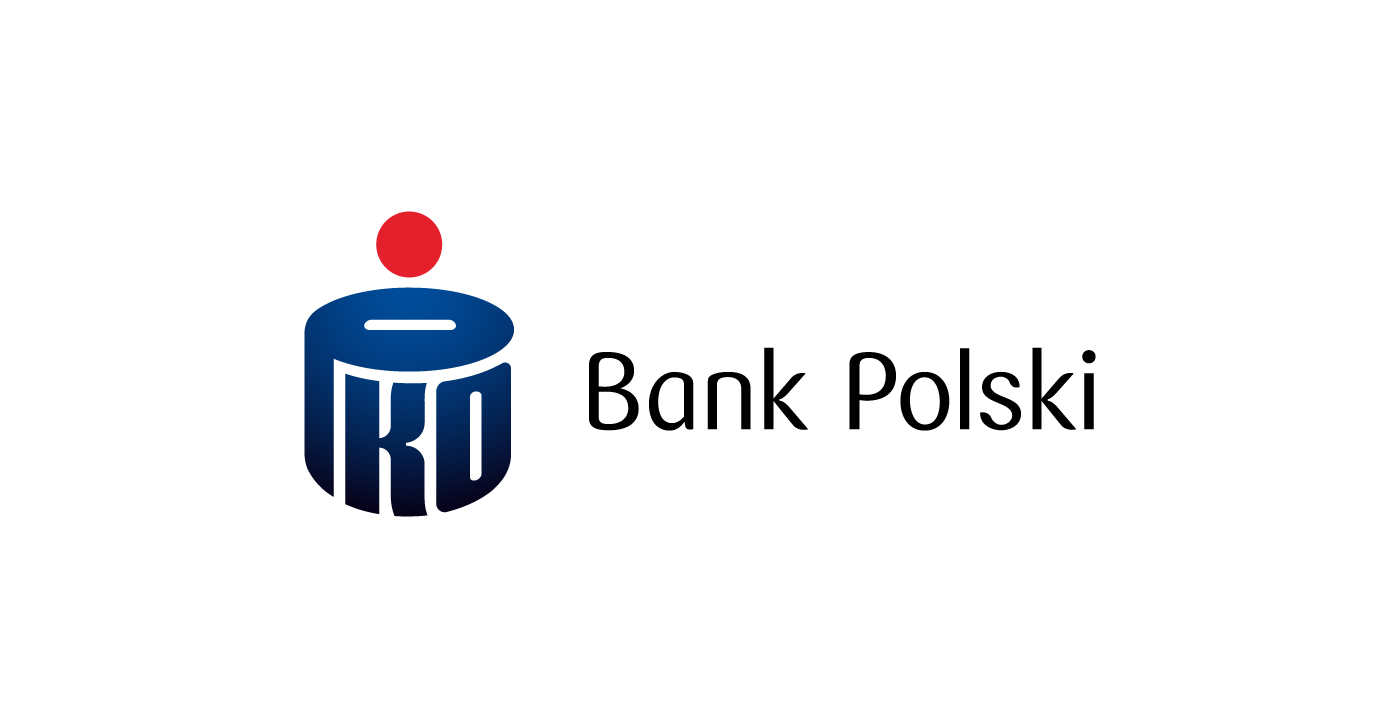The Polish economy is expected to grow by 3.2% this year, 0.2 pps below an autumn forecast, and stabilize at the level of 3.1% in 2018, while the general government deficit is expected to widen to 2.9% of GDP this year and to 3.0% next year from 2.3% estimated for 2016, the winter set of economic forecasts from the European Commission shows.
Deficit is projected to rise in 2017 due to the lowering of the retirement age, combined with a full-year impact of child benefit program 500+, the Commission said. “In addition, public investment is projected to rise strongly. However, these measures should be partially offset by a two-year extension of higher VAT rates that were initially set to expire at the end of 2016.”
“Under a no-policy-change assumption, Poland’s headline general government deficit is expected to widen further to 3.0% of GDP in 2018, reflecting mainly increasing costs of the lowering of the statutory retirement age,” the report reads. “The forecast does not include the effects of ongoing efforts to enhance the collection of taxes on production and income, as their likely impact is hard to estimate with sufficient accuracy at this stage.”
In 2016 the headline deficit narrowed to 2.3% of GDP or the lowest level since 2007, the Commission said.
On the growth front, a rebound to 3.2% is expected this year, driven by domestic demand, followed by growth stabilization at 3.1% in 2018.
“In particular, private consumption is expected to increase strongly in 2017, before moderating somewhat in 2018, as the transitory impact of increased social transfers fades out and employment stagnates,” the Commission said.
“Public investment is expected to rebound strongly in 2017 and 2018 as EU funds are put to use,” according to the Commission. “Private investment is projected to recover gradually, helped by solid domestic demand and an outlook for further export growth.”
Investments will be also supported by relatively high capacity utilization, “solid” corporate earnings and low interest rates.
Among upside risks to growth, the analysts point to faster than expected acceleration of public and private investments, while downside risks include prolonged period of policy and regulatory uncertainty weighing on investments and eventually also private consumption, as well as labor market supply, which could become growth barrier in some sectors.
(The Warsaw Voice)
















